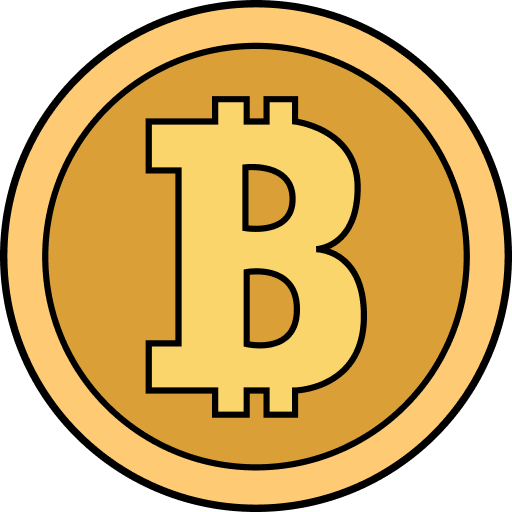Fiat money
The fiduciary or fiat money definition is money, unsecured with gold and other precious metals. The nominal value of fiat money is established and guaranteed by its issuer – government and is chosen regardless of the cost of the material used for its manufacture. Fiat money almost always acts as a means of payment on the basis of state laws that demand to accept it at face value.
The value of fiat money is largely connected to the people’s belief that it will be possible to exchange it for anything of value. The decline in the authority of the issuing government leads to a decrease in the purchasing power of fiduciary money – inflation, and attempts to preserve their purchasing power through investments.
Not all government-issued currencies are fiat money. The term “fiat money” defines only such currencies that don’t have intrinsic value in their material form equal to their declared price. However, some authors and financial entities also use the term to refer to any money defined as legal tender, any intrinsically useless thing that somehow becomes a popular medium of exchange and so on.
Fiat money is an opposed term to the commodity money. Commodity money is valued in accordance with the material that was used to manufacture it. Fiat money vs commodity money provides more flexible price generation, easier transportation and issuance. However, commodity money is much more stable way to store value as it is almost not volatile. On the other side, fiat money is very useful in successful states as its price grows along with the economy of the respective state and the people’s confidence in their money’s price.
Fiat money examples are United States dollar, EU’s Euro, Japanese yen, Chinese renminbi (yuan is a unit of renminbi currency), etc..
Fiat money vs bitcoin
Despite being the most used means of payment in the modern world, fiat money has its problems. The lack of intrinsic value, alongside its strong dependence on a central issuer – state, leads to a number of problems.
- The unlimited supply of fiat money makes it easier to develop economic bubbles.
- Political mistakes of the government strongly damage not only the country’s economy, but also the price of it citizens’ assets.
- Fiat money is more volatile than the money with intrinsic value.
- It is not possible to use most of fiat money worldwide. Most countries makes it hard for the entities living in their territory to use the currency not issued by the country. The transfer of value using more than one currency is associated with a lot of transfer expenses.
- Central issuer can restrict free value transfer out of its area of influence that damages its citizens’ economic freedom.
- The digital form of fiat money is easily trackable and not private.
Cryptocurrencies and bitcoin in particular can fix some of the mentioned problems. Bitcoin, as well as most of other cryptocurrencies is limited in its emission. Also, the emission of bitcoin is predictable and not controlled by anything but its code. The price of bitcoin does not reflect any government’s mistakes and only changes due to the users’ belief in the currency. However, due to the lack of supervision, bitcoin is even more volatile than fiat currencies as its price changes are not controlled. So, while using bitcoin, one frees himself from the mistakes of his government, but exposes himself to the high volatility of the cryptocurrency.
Bitcoin can be easily used to transfer value worldwide. Bitcoin has the same price all over the world and is transferred within only one network. Bitcoin can’t be prevented from using and storing and is much harder to track to the particular person, contrary to digital fiat money. Cross-country transfer of value via bitcoin can be performed at any time of the day and doesn’t involve any third party but the miners within the network.
Indian demonetization
The good example of the fiat and crypto currency relations is 2016 Indian banknote demonetization. In 2016, Indian government decided to demonetize 500 and 1000 rupees banknotes. The process was poorly organized and led to the cash shortage and panic. The decision was announced active immediately leaving people unprepared. While the process was active, the country suffered growth of unemployment rate and rupees’ price reduction. Stock market indices also dropped, alongside industrial output. Some people were injured and some people died while being near the exchange points. This poorly thought decision strongly damaged the faith of people in the government’s capability to oversee monetary policies.
The process also led to the 20-30% growth in the enquiries for the purchase of bitcoin. It also positively influenced the price and stability of bitcoin. It all happened despite the fact that the Indian bitcoin exchanges are all covered by know-your-customer (KYC) policy and most of the demand was not fulfilled.
Source:
- Investopedia: Is fiat money more prone to inflation than commodity money?
- Wikipedia: Fiat money
- Cointelegraph: Bitcoin Emerges Winner as Indian Demonetisation Declared a Total Failure by RBI
- Cointetegraph: In Midst of Demonetization Chaos, Bitcoin Purchases in India Increase by 20-30 percent
- Wikipedia: 2016 Indian banknote demonetisation
- Investopedia: Fiat money














 Twitter
Twitter
 Telegram
Telegram
